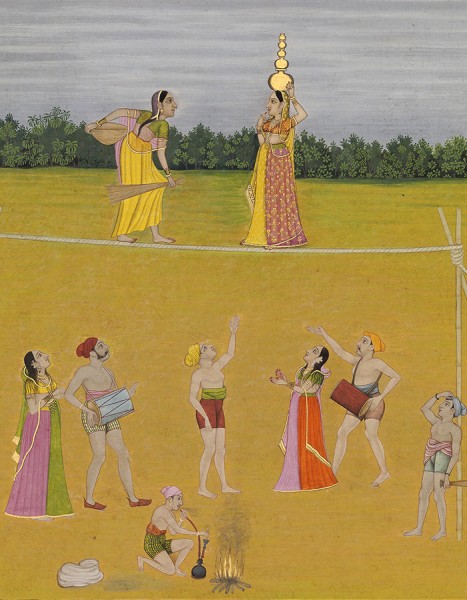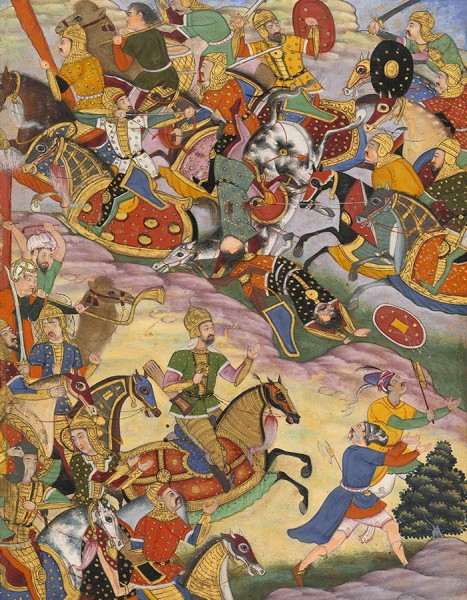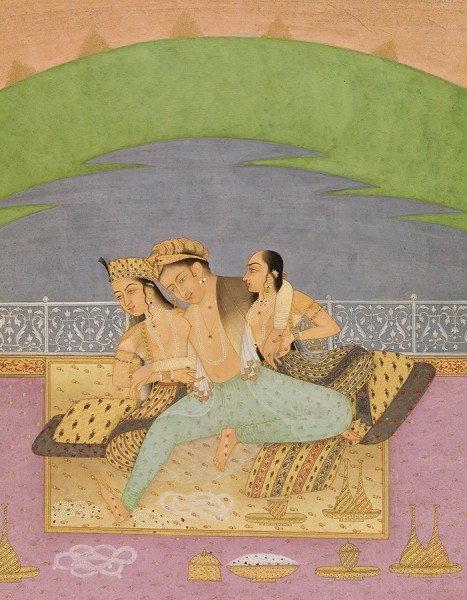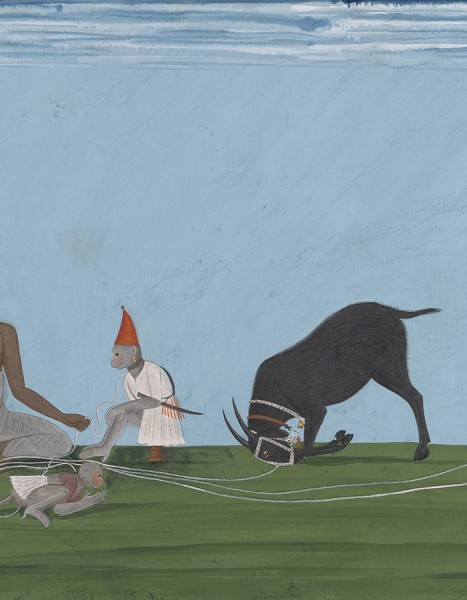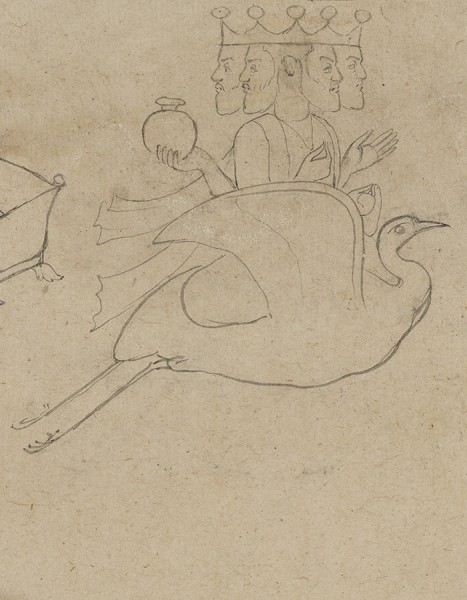Asia Week New York 2017: Indian Paintings and Early Photography 1600–1880
9th March, 2017 - 18th March, 2017
Exhibition held at 1016 Madison Avenue, New York 10075.
Prahlad Bubbar is pleased to return to Asia Week New York with a selection of Indian miniature paintings and drawings, as well as 19th century photography from India.
The presentation will feature previously unseen works, including some that have been held in a private UK collection since the 19th century. These are rare and important Indian miniature paintings and drawings of great refinement, that are dated from early-17th to the 18th centuries.
A late 17th-century jewel-like painting of Jahangir (1569-1627), the supreme aesthete and Mughal Emperor of India, shows us a beautiful and sensual scene of the Emperor being undressed by two women. This is a painting by Hasan al-Din, who is believed to have migrated from the Deccan to Bikaner, absorbing Mughal naturalism and precision while combining them with his own Deccani gorgeous colour sense.
Six Mughal princes sit on throne chairs on a terrace under a canopy, in an early-18th century drawing closely related to the painting by Bhavanidas in the collection of the San Diego Museum of Art. Unlike the painting, the drawing names the princes in accompanying inscriptions, complicating the current identification of the figures in the picture created by Bhavanidas. Mughal drawings such as this are as rare as paintings from this time, and in this one in particular the subtle use of colour enhances the nobility of the princes.
Also from the early 18th-century, a beautiful Kishangarh or North Deccan painting shows us Krishna dancing on the bank of a river to musical accompaniment. Colours are used masterfully to create a similar sense of sobriety and melancholy in the pale blue skin of the god and in the heavily clouded sky; whereas the vivid tones of the clothing of the figures as well as the landscape lend new life to the scene, just like the music would be expected to.
Other highlights will include a folio ascribed to Banwari Khurd from Akbar’s Zafarnama of 1595-1600, where the artists records Timur’s defeat of Toqtamish Khan in 1391; as well as an early wax paper negative by pioneer photographer Dr. John Murray, depicting the entrance to Akbar’s Palace in 1858.


